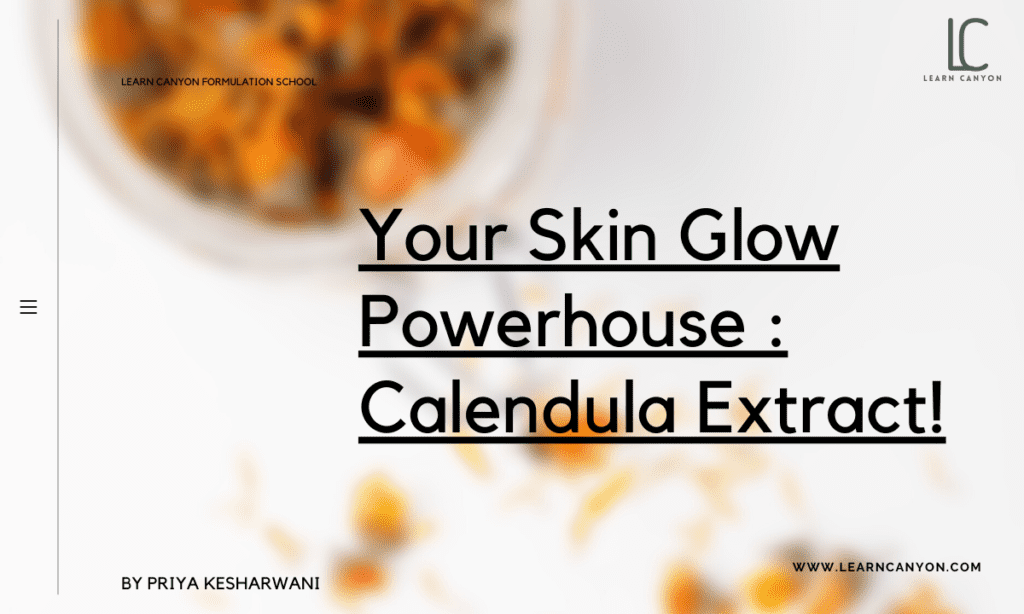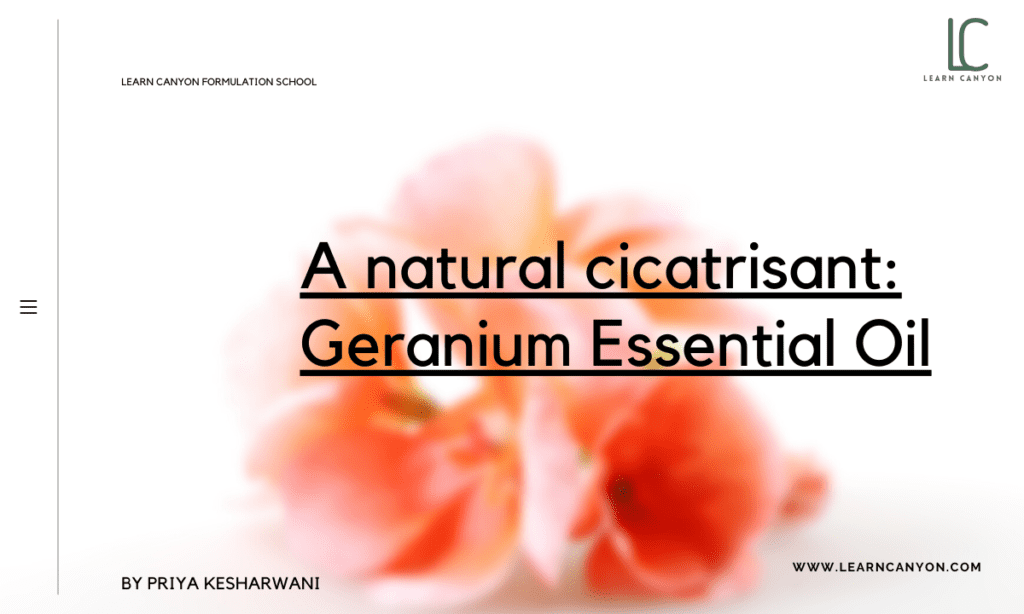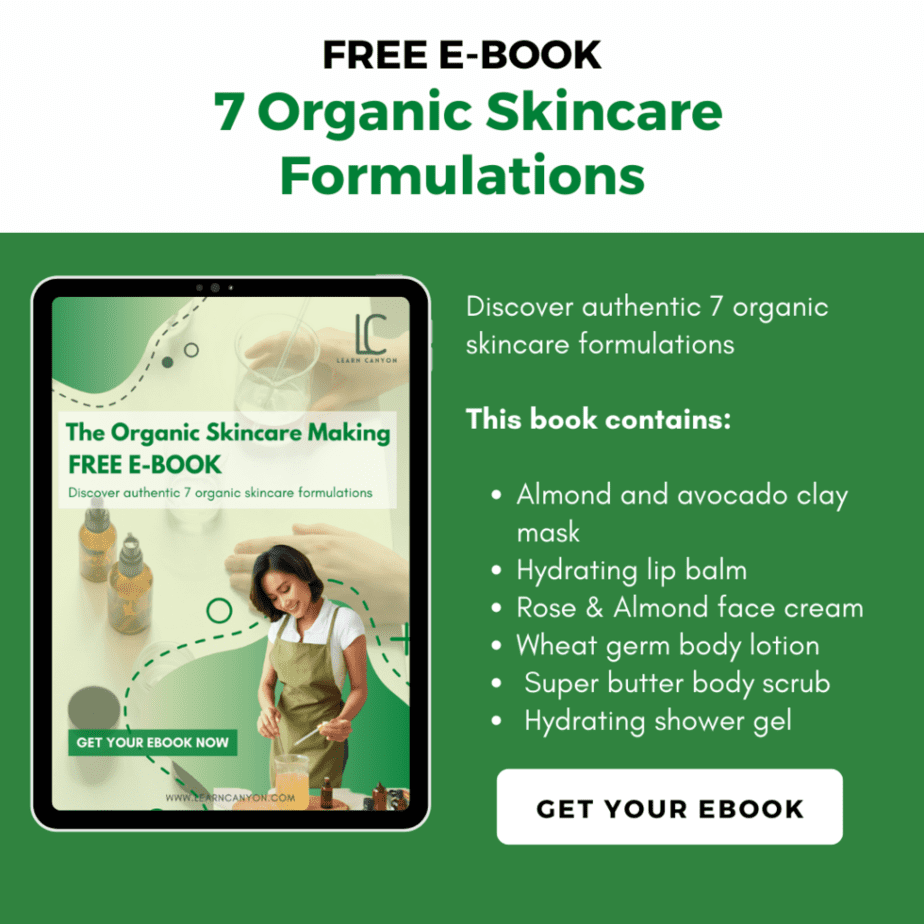
Niacinamide (Vitamin B3): An amazing ingredient for glowing skin.

Niacinamide (Vitamin B3)
You undoubtedly had to plead and sweet-talk your parents to get you to eat leafy greens, salmon, and beans when we were kids. What exactly is the basis for their argument? It’s for the vitamins, of course.
They were correct because every meal you took sent a slew of health-promoting nutrients to your body. Niacinamide, a strong little vitamin, was found among the audience. Niacinamide is a kind of vitamin B3, a vital substance that has benefits both inside and outside the body.
While it appears to be everywhere these days, niacinamide has long been a skincare favorite. Niacinamide is likely to be present in a number of your favorite skincare products, and for good cause.
But, exactly, what is Niacinamide? Continue reading to learn about the wonderful skin benefits and products that include this vital component to help you attain noticeably glowing skin.
What is Vitamin B3?
Niacinamides are found in skin-care products because they offer anti-inflammatory, anti-aging, antioxidant, and skin-brightening properties.
Niacinamide, also known as nicotinamide, is a water-soluble form of Vitamin B3 that is important to replenish.
Niacinamide (niacinamide), nicotinic acid (nicotinic acid), and nicotinamide riboside are the three forms or vitamers of vitamin B3. All three forms of vitamin B3 are converted to nicotinamide adenine dinucleotide in the body (NAD).
Nicotinamide is a powder that is white in colour. Niacinamide strengthens the skin barrier (the skin’s outer layer), enhances resilience, and improves texture by shrinking pores. It also aids in the regulation of oil production, and it’s suitable for all skin types.
| What is it? | Niacinamide is an amide derivative of nicotinic acid also known as Vitamin B3. |
|---|---|
| INCI | Niacinamide |
| Appearance | White powder |
| Texture | Texture is slightly viscous |
| Recommended Usage | 1.0-10.0% |
| Solubility | Water soluble |
| Melting point | 129.5 °C (265.1 °F) |
| Boiling point | 334 °C (633 °F) |
| pH | 6 |
| Aroma | Odourless |
| Why do we include it in formulations? | Niacinamide is an excellent skin-care ingredient. It helps to reduce sebum production, inflammation, acne lesions, enhance ceramide synthesis, and minimise transepidermal water loss (TEWL). |
| How to work with it? | Include it in the water phase of your formulation. |
| Applications (creams, gels, serums, eye serums etc.) | Niacinamide is a powerful skin-restorative substance with numerous benefits for ageing skin. The capacity to visibly improve the look of enlarged pores, uneven skin tone, fine wrinkles, and dullness, as well as aid in improving the skin's overall appearance. |
| Absorption rate | Fast |
| Strength | A highly efficient, well-researched skin care ingredient with numerous advantages. |
| Weaknesses | It is normally well tolerated, but it can irritate certain people. It can also cause flushing and discomfort when used in highly acidic formulations because it can break down into niacin. |
| Substitution | Panthenol (vitamin B5) and bakuchiol extract |
| How to store it? | At a temperature of 50°-77°F (10°-25°C), protected from direct light and humidity. |
| Shelf life | Niacinamide should be shelf stable for 12 months. |
Fast Facts
| Type of ingredient | Skin Brightener |
|---|---|
| Main benefits | Brightening, prevents signs of aging, reduces acne |
| Who should use it | Suitable for all skin type |
| How often can you use it? | You can use it in both morning and evening |
| Works well with | "It's best to mix vitamin B3 with other stable and potent antioxidants like camellia sinensis (green tea) catechins, quercetin, and tocopherol when using it," Mun explains. It may also help to relieve retinol-related irritation as well as general skin redness. |
| Doesn't work with | Vitamin B3 works well with everything. (Ingredients) |
| How to use it in formulation | Include it in the water phase of your formulations. |
Mechanisms of actions
Niacinamide helps replenish cellular energy, repair damaged DNA, and lessen the immunosuppressive effects of sun-induced UV rays,” Herrmann says of the substance, which also combats internal and external stressors that can cause discolouration and wrinkles.
The Benefits of Vitamin B3
So, now that we know what niacinamide is, how does it benefit our skin? There are a few advantages listed below that you should be aware of. Vitamin B3 (niacinamide) is a long-lasting vitamin with a comprehensive variety of well-established topical benefits. Niacinamide moisturises the skin, decreases redness and blotchiness, and fights free radicals as an antioxidant. It also regulates the skin’s natural oils.
Side Effects of niacinamide
“However, when used in large amounts in a cosmetics formulation, it may irritate the skin.” Niacinamide is a potent skin moisturising and brightening component. As a result, only a little amount of vitamin B3 (1-10%) should be used in formulations.” Simply said, don’t use it too much or you’ll get redness or (worse) dermatitis.
How to Use it in formulations?
Niacinamide is a fine white powder that dissolves quickly and easily in water, allowing for better absorption by the skin. After dissolving it in a small amount of water, it can be added to your compositions. Nicotinamide is found in a variety of topical forms and can be administered as a cream in the morning or evening after a thorough cleansing
Works well with Other Ingredients
Niacinamide gets along with just about every other ingredient in the kitchen. It’s especially good at promoting hyaluronic acid absorption. Green tea, salicylic acid, AHAs, retinol, and other stable and strong antioxidants such as catechins, quercetin, and tocopherol are all enhanced.



